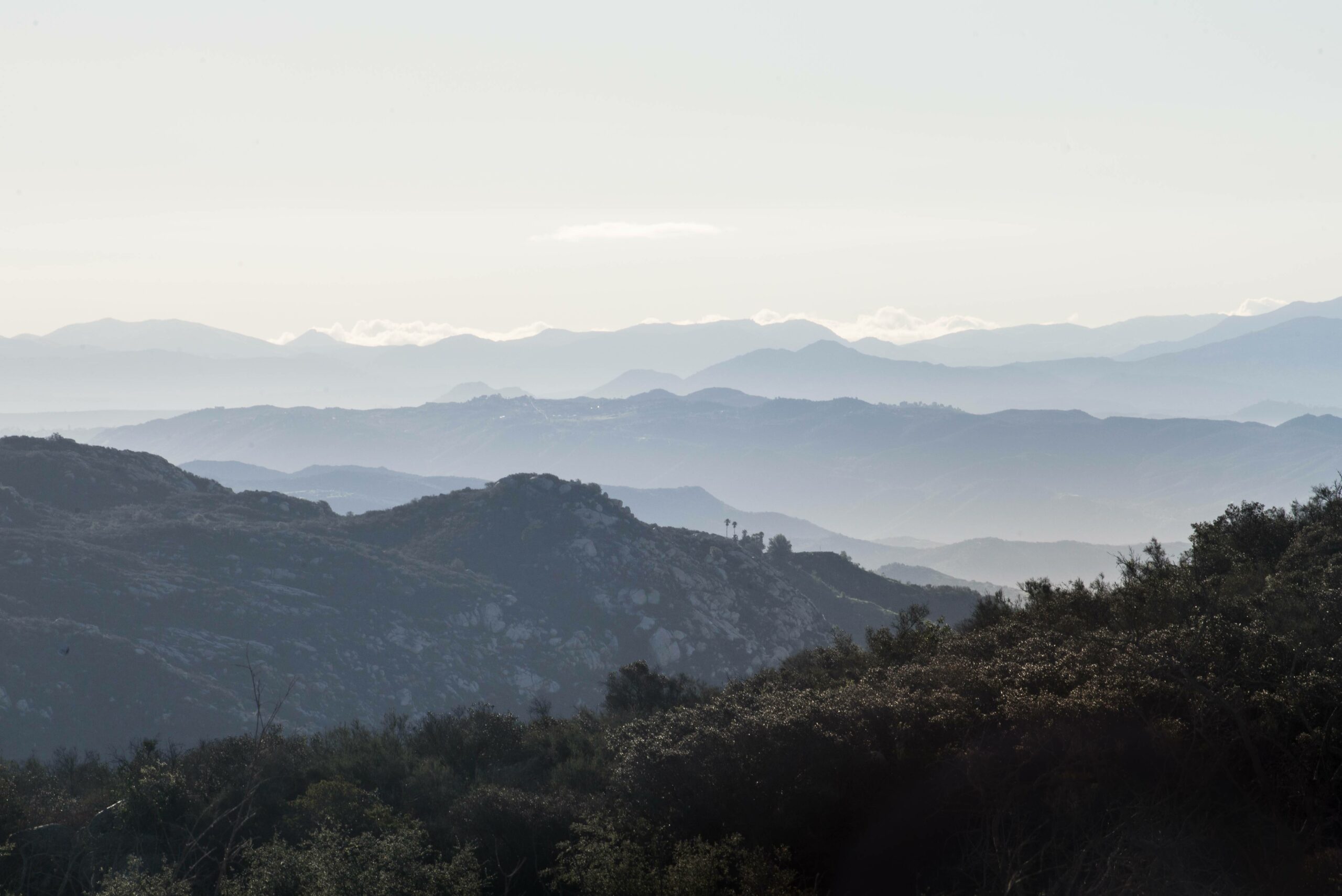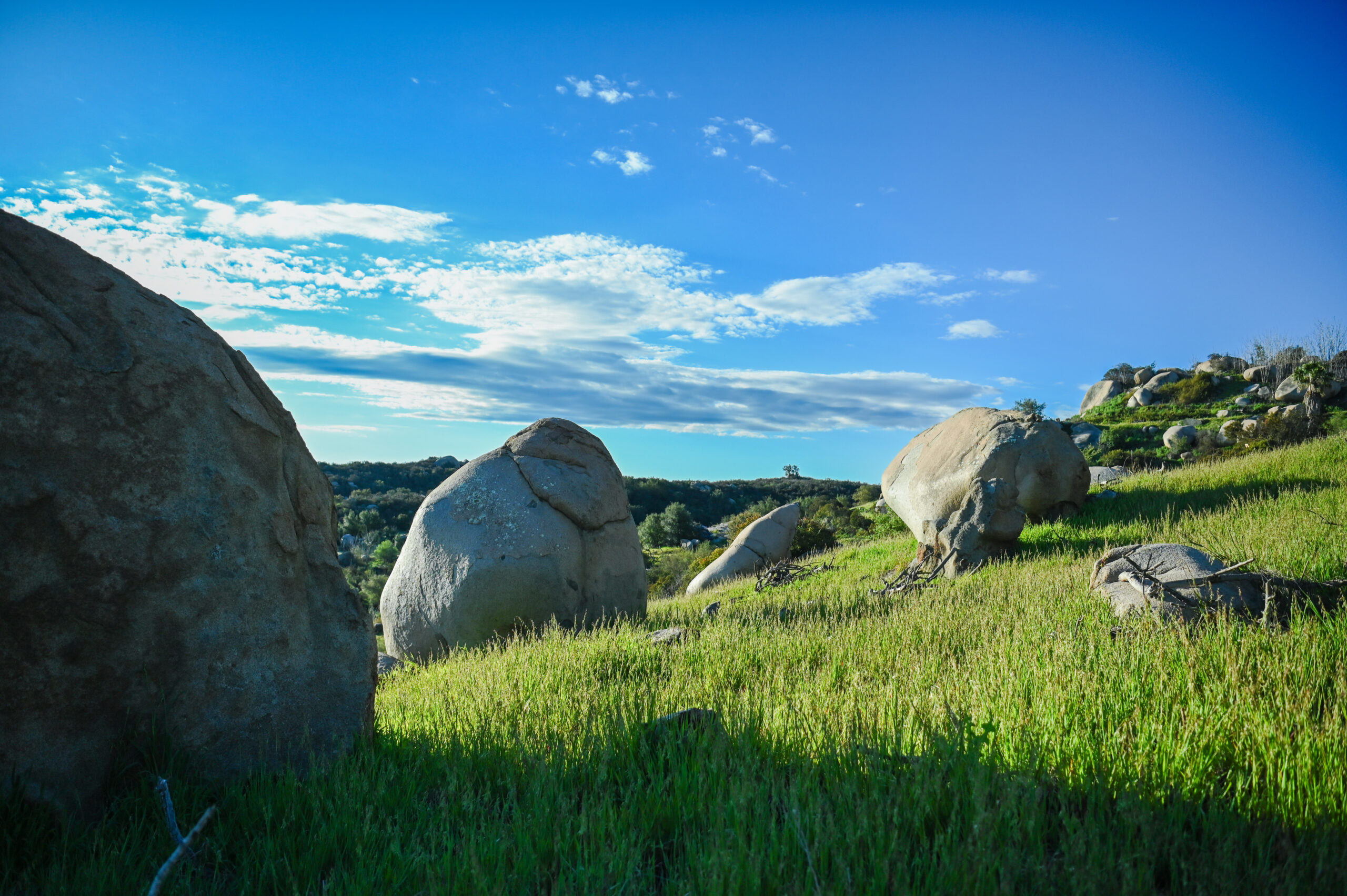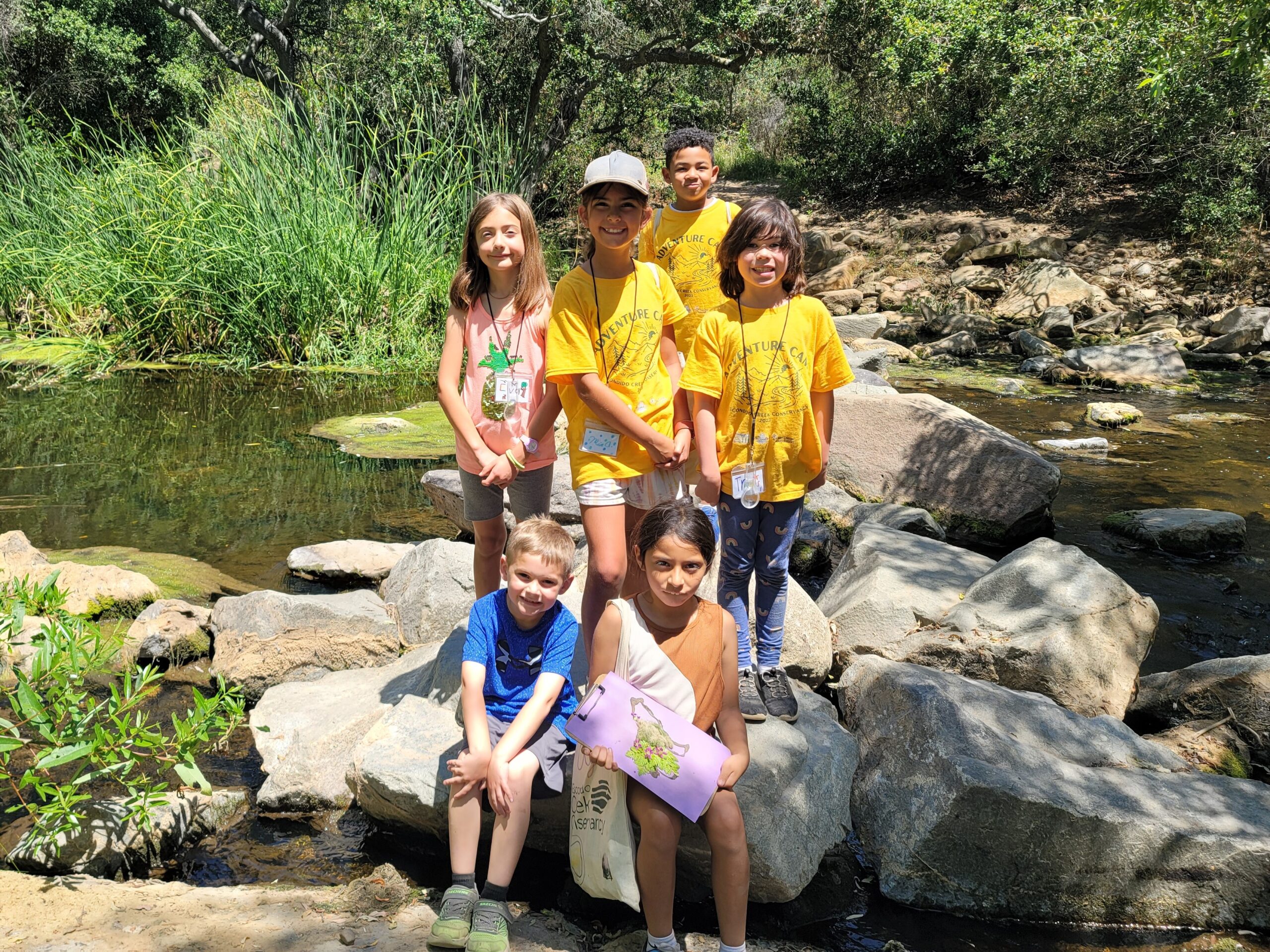
Linking Open Spaces
New study: California gnatcatcher’s need for connectivity
Connectivity of open spaces is crucial for wildlife, especially large, roaming mammals like mule deer and mountain lions. It’s not just important for animals to find food, but also for different populations to interact and improve genetic variation. Genetic variation allows the species to evolve and adapt to their changing environment. But is it as important for bird species? A new study from The San Diego Management and Monitoring Program and the U.S. Geological Survey recently revealed the impacts of habitat loss and fragmentation on genetic connectivity and diversity among local California gnatcatchers.
“California gnatcatchers retain genetic connectivity across the majority of the current distribution of coastal sage scrub fragments,” the study concluded. While this is great news, there were some exceptions in the results as genetic diversity declined steeply in isolated populations. The authors warns that “continued loss of habitat could threaten diversity and connectivity in the future.” When it comes to protecting land, The Escondido Creek Conservancy (Conservancy) has prioritized land acquisitions in areas that are contiguous and provide links to other preserved or open space lands. As seen with the Conservancy’s most recent Save 1000 Acres campaign, the areas targeted create wildlife corridors surrounding Daley Ranch. Although, to ensure the sensitive gnatcatcher and other populations remain stable, more work needs to be done to protect these connecting spaces in perpetuity.
You can read the study by clicking here or you can attend The SDMMP’s Management and Monitoring Coordination Meeting on July 24th where Amy Vandergast will present these findings.
The paper entitled “Distinguishing recent dispersal from historical genetic connectivity in the coastal California gnatcatcher” appears in Nature Scientific Reports and is authored by Amy Vandergast, Barbara Kus, Kristine Preston, and Kelly Barr. The study was funded and logistically supported by the California Department of Fish and Wildlife, the San Diego Association of Governments, the USGS Ecosystem Mission Area Wildlife Program, and dozens of partners and collaborators who participated in surveys and provided site access and other logistical support.




